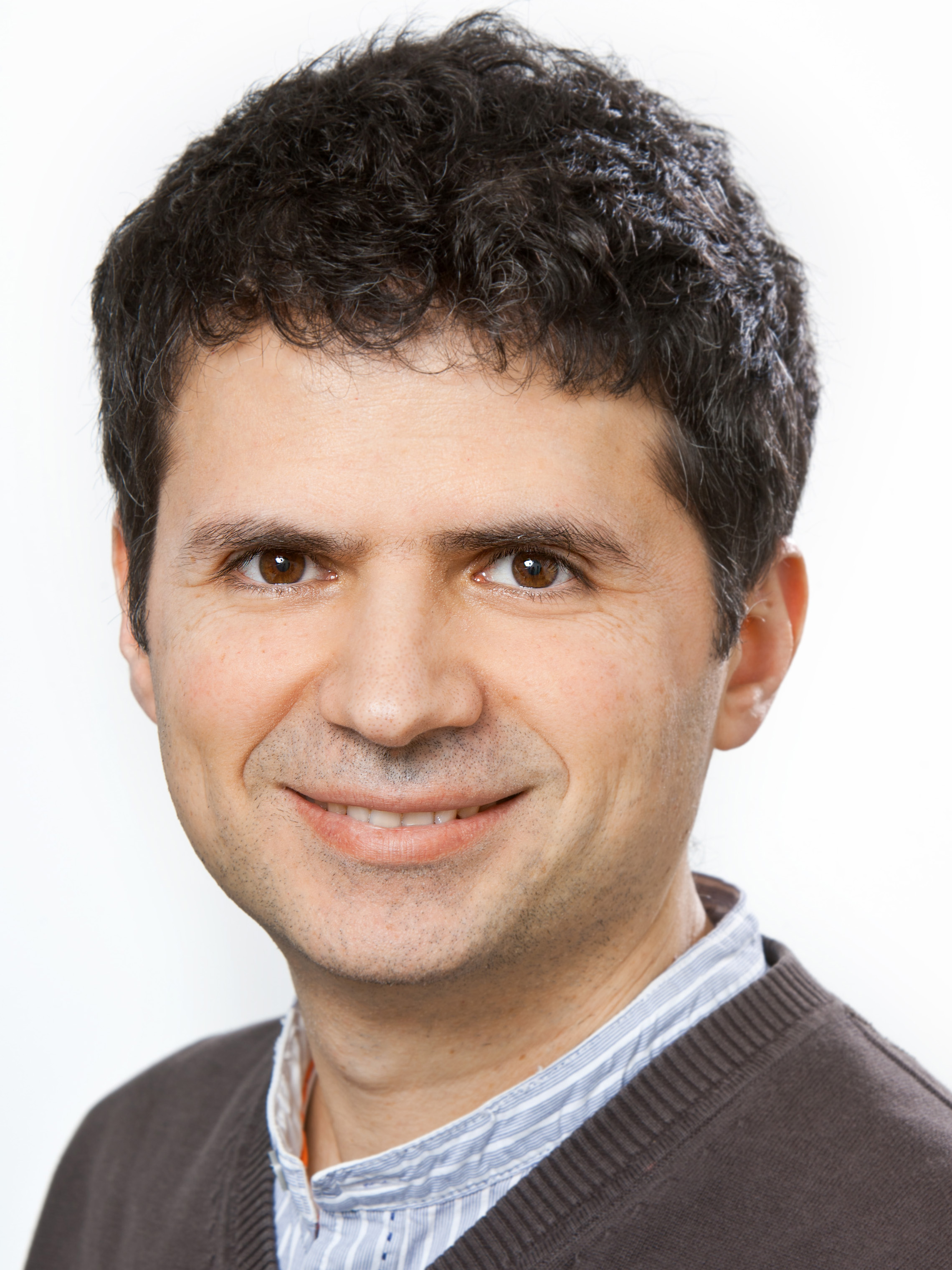KAT-PAWS applies a combined approach of computer-aided experimental design, high-throughput methods, application-specific analysis and recycling strategies to enable the resource-efficient material development of plasmon-assisted photocatalysts, employed in photoreactors for the production of green hydrogen. The investigated material system is complex, with interactions between the plasmon particles, the catalytic metal and the photocatalyst. Therefore, a conventional experimental design is not suitable for a comprehensive investigation of the system and must be replaced by a resource-saving approach. By using time-, material- and energy-saving high-throughput deposition and characterization approaches, a data pool is generated that maps the multiple parameter combinations. Process-property-performance relationships are derived and used to optimize material performance for the production of green hydrogen in a demonstrator photoreactor.
Thereby, AIT undertakes the materials development, high-throughput experimentation and data-driven methodologies, as well as the part of the photoreactor performance and ageing testing.
Project goals
- Demonstration of plasmon-enhanced of photocatalytic efficiency for hydrogen production, achieving an increase of over 30% compared to plasmon-free systems.
- Savings of critical raw materials (such as Pt) through the application of material-efficient deposition techniques and careful design of material components.
- Accelerated and resources-efficient materials optimization through the application of computer-assisted experimental design, high-throughput methods, and the development of data-driven process-property-performance relationships.
- Integration of the developed materials into fixed-bed photoreactors at laboratory scale for comprehensive evaluation of the catalytic performance and long-term stability.
- Stable productivity of hydrogen exceeding 3000 µmol/g/h with an efficiency reduction of less than 10% after 1000 operating hours.
- Development of energy-efficient recycling strategies for the recovery of precious metals with a rate of over 90% and for the reuse of catalyst materials with resource savings of more than 20% compared to primary production.
Funding
The KAT-PAWS project is funded as part of the “Energy Research 2023” program of the Climate and Energy Fund (in cooperation with the FFG).
![[Translate to English:] Energy Conversion and Hydrogen Symbolfoto: Das AIT ist Österreichs größte außeruniversitäre Forschungseinrichtung](/fileadmin/_processed_/5/8/csm_GettyImages-884011924_web_7d8b3348e4.jpg)



